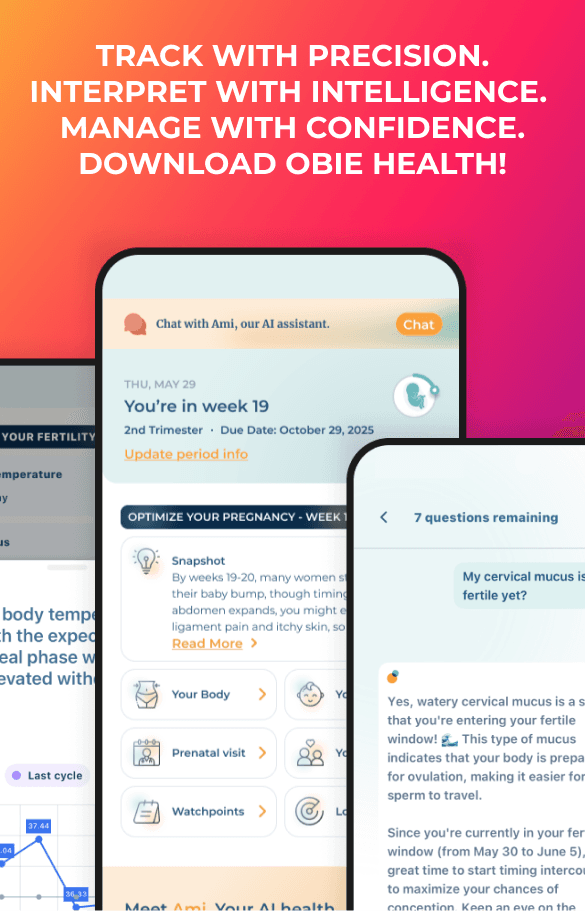Female Intuition Linked to Testosterone Exposure in the Womb
Pregnancy News
Obie Editorial Team
Female intuition is a mysterious thing. It’s that gut feeling that comes with a significant degree of certainty but without a lot of proof about a particular matter. Men are intuitive, too, but they tend to rationalize without jumping to conclusions. Because intuition has long been associated with female characteristics, it’s easy to expect that estrogen plays a part. A recent study, however, suggests just the opposite. The study indicates a woman’s intuition is based not on estrogen but on testosterone, and the degree of testosterone to which she was exposed in the womb. And it seems possible to gauge a person’s level of intuition by looking at two fingers.
Antonio Manuel Espin led the study from the University of Granada, Spain, involving 623 Caucasian student volunteers. Of the students, 363 were female and 260 were male.
Intuitive Versus Reflective Thinking
Intuitive thinking is characterized as the unconscious, automatic processing of information without making much cognitive effort. Some call it instinct. Reflective thinking is the opposite. When thinking reflectively, much thought is given to fact-finding and the details, different scenarios are envisioned, and plans of action are compared before arriving at a final conclusion.
Both forms of thinking have their place in human evolution. That rattling in the bushes may be something good to eat for dinner or it could be a hungry tiger looking for dinner of his own. The intuitive urge to flee may have a better pay-off than waiting around to see for certain what comes crawling out of the shadows.
Cognitive Reflection Test
Espin’s study volunteers used computers to respond to a questionnaire of their socio-demographic characteristics, time/reward relationships, a 4-question math test (on paper), and a 3-question cognitive reflection test (CRT). The answers to three of the math questions seem obvious at first glance, intuitively. The CRT (also math based) is carefully crafted to seem intuitive but, in fact, requires the test taker to stop, reflect, and recognize that the impulsive answer that came to mind at first glance is incorrect.
Finger Ratio
Previous studies of various human factors have shown that the ratio between the length of a person’s ring finger (2D, second digit) and their index finger (4D) is an indicator of testosterone exposure during gestation. Testosterone causes these two fingers to grow at the same rate so they’re the same length in adulthood. When in utero testosterone exposures are low, finger lengths will vary. The bigger the difference in lengths (2D:4D), the less fetal testosterone exposure. After testing, each student’s finger lengths were measured.
Female study participants scored much lower than males on the CRT. The greater the difference in finger lengths, the lower their scores were. The study illustrates how exposure to sex hormones even before a person is born influences their life-long thinking style.
Source: Espin, Antonio M, et al. “Can exposure to prenatal sex hormones (2D:4D) predict cognitive reflection?” ScienceDirect Psychoneuroendocrinology. Elsevier BV. May 2014. Web. Jun 8, 2014.







